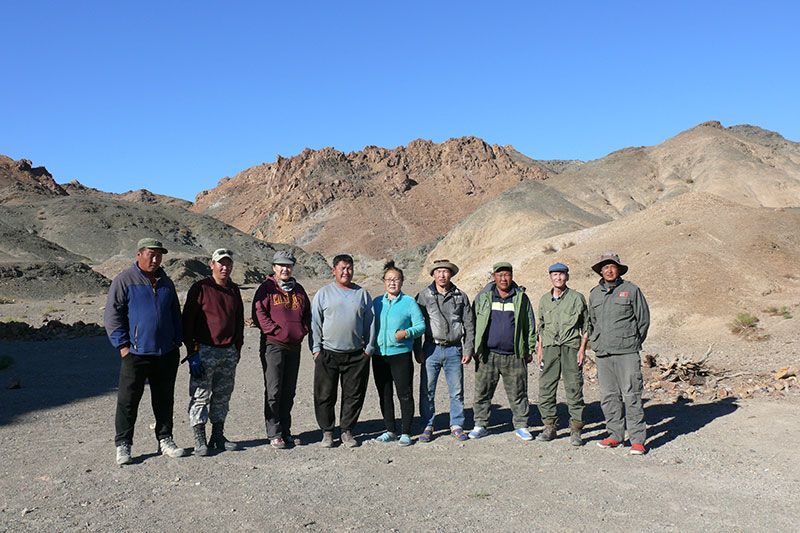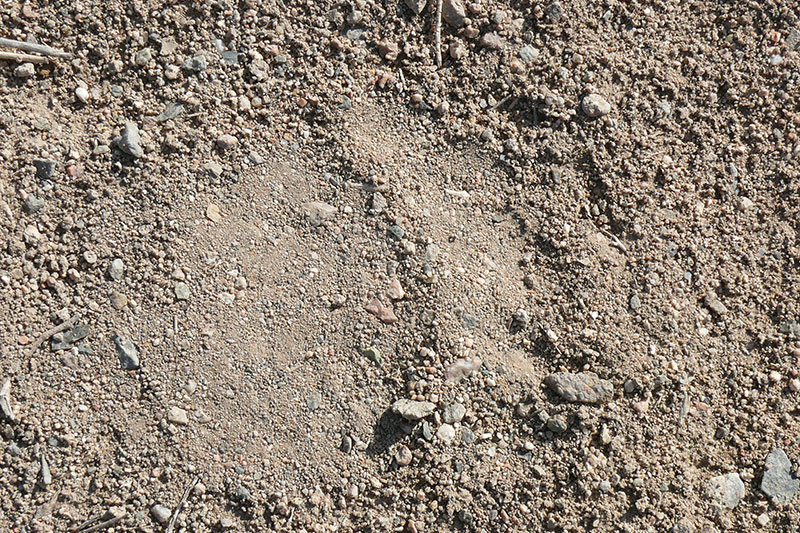Travelling to the Great Gobi
Whilst we’ve been staying close to home, life has begun to slowly return to normal in other countries. Our Conservation Partner, Bayara, has been in contact from her home in Mongolia, where the government reacted quickly with a strict lockdown. With fewer than 200 cases of Covid-19 reported and no deaths, people are cautiously returning to work. Travel is now permitted, so one of Bayara’s team members, Puji Lkhagvajav, travelled to the strictly protected area of Great Gobi to install some cameras. The area is famous for its arid landscapes that see searing summer highs of 50°C, whilst winter temperatures plunge to −30°C. Great Gobi is also home to wild camels and the critically endangered Mazaalai, or Gobi bear, a subspecies of the brown bear. As few as 30 individuals are left in the wild.
A region of change
Puji explained to us that the region has changed a lot since she was a student at the National University of Mongolia. “At that time, it was hard to find roads to reach particular oases or mountains. Without a local ranger it was impossible. But now that Great Gobi Strictly Protected Area (GGSPA) is collaborating with international and national organizations, the roads are much clearer. Twenty years ago it was rare to find pugmarks (footprint) of Gobi bears. Now it’s relatively easy, near an oasis or in a mountain valley.”
With the Mongolian government’s encouragement, the population is increasing. Gobi bear specialist Nasanjargal, GGSPA, told Puji that bears struggle to breed successfully living in harsh weather conditions and at such low numbers across vast areas. Now rangers are feeding them at particular oases during spring, and before and after hibernation. This supplementary feeding also provides an opportunity for them to come into contact with mates, increasing breeding opportunities.
Camera traps to reveal more

Puji and the team from Great Gobi prepare to set off and put out camera traps to find evidence of snow leopards. 
The team set off in their two UAZ vans to cover more than 3500 square kilometers.
Along with eight GGSPA staff, Puji set off to set up cameras in order to find out more about snow leopards in the area. They travelled over 3629 km2 across Zuun and Baruun tooroi, Atas, Inges and Shar Huls mountain ranges. Walking 8-14km per day, they set up 45 cameras, each one 4-5km apart. Bayara thinks that snow leopard density in the area is likely to be low, considering the landscape, but it will be useful to find out the population in Great Gobi. She and Puji will be back in touch when they have some exciting results.
With supplementary feeding increasing bear numbers it’s now easier to find their putprint (pawprints).
Learn more about Bayara’s project by visiting her project page:

